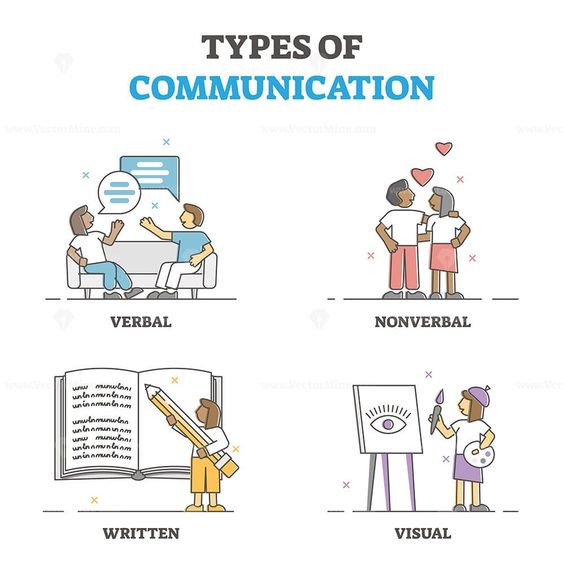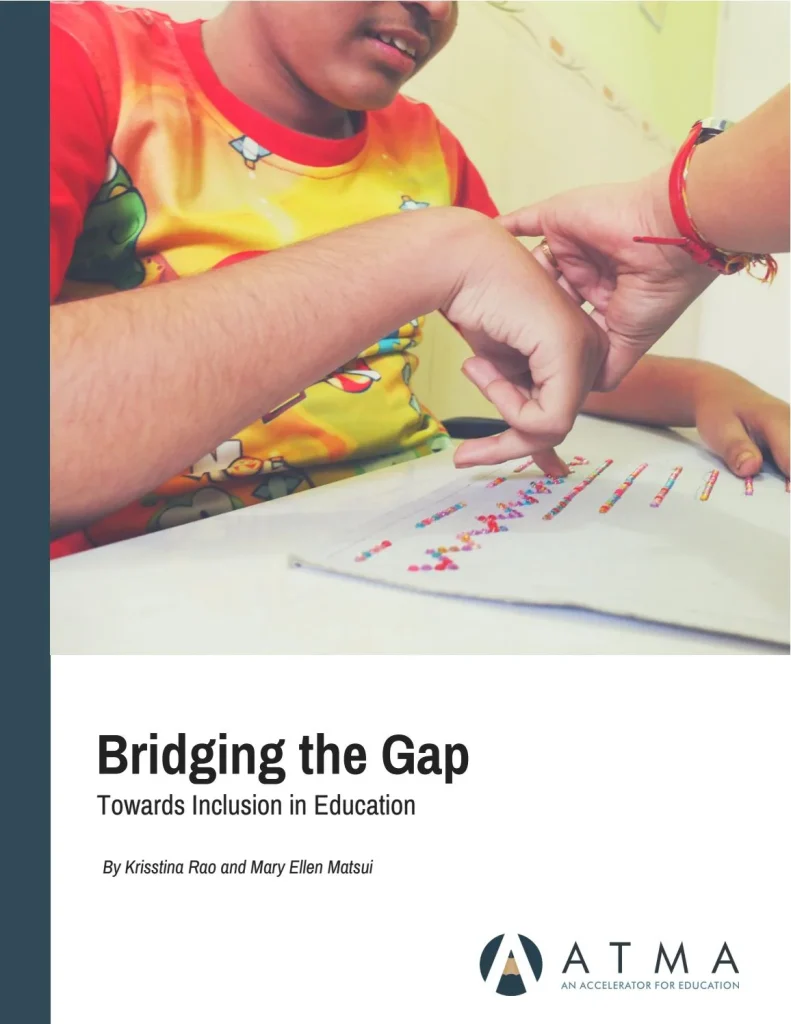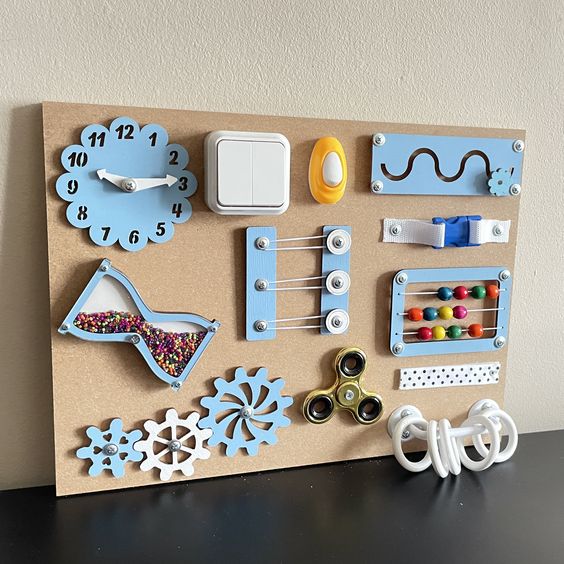Introduction
As an educator working in the realm of Special Educational Needs (SEN), I have experienced numerous moments filled with positivity, joy, and triumphs. These experiences have not only enriched my journey as a professional but have also brought immense satisfaction and a sense of achievement. In this article, I’ll share some of the most positive and uplifting moments I’ve encountered as an educator in SEN.
1. The Magic of “Aha!” Moments
One of the most rewarding aspects of working with SEN students is witnessing their “aha!” moments. These are instances when students demonstrate a sudden understanding or realization about their learning or tasks at hand. There is no greater sense of accomplishment than seeing them overcome obstacles and build new knowledge.
2. Fostering Relationships
Developing strong connections with students and their families in an SEN environment has been an incredibly positive experience for me. It has enabled me to better understand individual needs and challenges, ultimately leading to better support and more effective teaching strategies. The friendships forged embrace trust, collaboration, and mutual respect.
3. Progress in Small Steps
In SEN education, we frequently celebrate small victories – moments where seemingly minor progress signifies significant gains for our students. The pride and excitement witnessed in these students when they achieve something new are contagious and form cornerstones of uplifting memories.
4. Peer Support Success Stories
Observing students encourage, collaborate with, and support one another is heartening, showcasing an environment where everyone contributes positively to each other’s growth and wellbeing. Seeing this camaraderie flourish leads to a strong sense of community within the classroom.
5. Inclusive Extracurricular Activities
Seeing SEN students actively participate in extracurricular activities alongside mainstream peers has been an inspiring part of my journey. Watching these young individuals challenge their limitations, engage confidently with other students, and achieve success in these shared activities amplifies the importance of embracing inclusivity.
6. Parents’ Appreciation
Receiving appreciation and gratitude from the parents of my students has been both rewarding and humbling. Knowing that my work has a positive impact on their child’s life and receiving acknowledgment for this makes it all worth it.
7. Students Beating the Odds
Lastly, one of the most awe-inspiring experiences is watching SEN students defy expectations and reach milestones previously deemed unattainable. These moments have shown me that with proper guidance and support, these remarkable individuals can attain incredible achievements.
Conclusion
Working in Special Educational Needs has provided me with countless positive moments that I cherish as an educator. The power of education to transform lives, especially for those with additional challenges, is truly remarkable. By sharing these experiences, I hope to inspire others to celebrate the unique gifts of SEN students and continue breaking barriers in their journey towards success.











